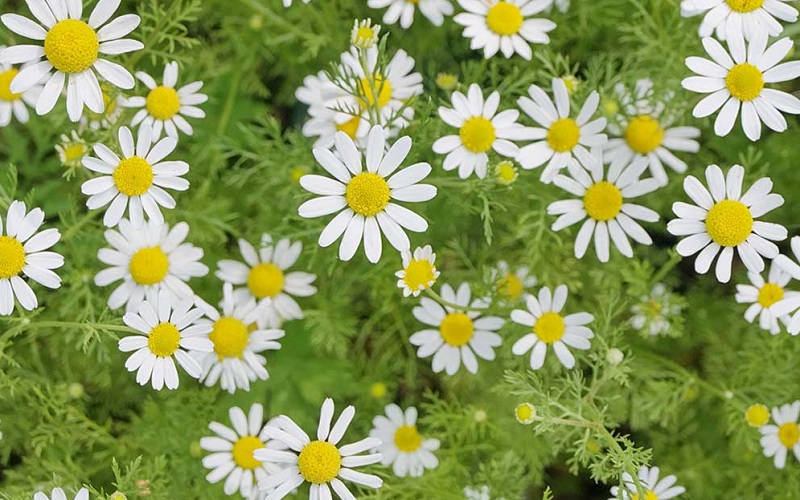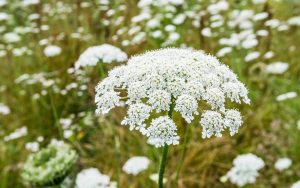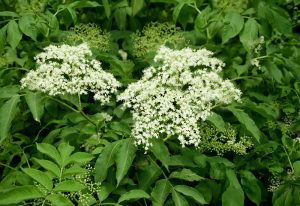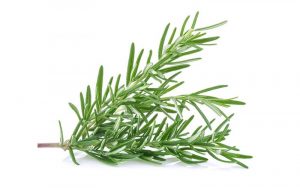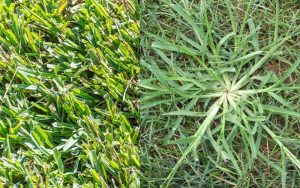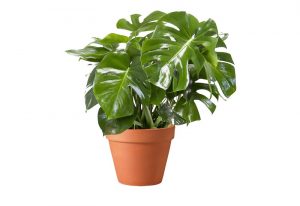Chamomile, the perennial herb, is the beautiful creation of nature. But there are plants that look like chamomile. Chamomiles do not only give our eyes pleasure. They are medicinal plants and edible too. Not all flowers have these values.
There are two types of chamomile:
- German chamomile
- Roman chamomile
These two are not from the same species. But for herbal treatment, their function is almost the same. To calm agitated nerves, decrease muscle cramps, relieve stomach aches, and treat various skin disorders both of them are very effective.
They are grown naturally. Together they grow a lot. You may find them in your garden, roadside, or in any other place.
How To Identify Chamomile
From the two types of chamomile, it is a little bit confusing to identify it. You have to look attentively to differentiate them by their smell, blossoms, and of course by their foliage.
First, trim some blossoms or foliage of chamomile. Now crush them in your hand. Try to take the scent of the crushed parts. You will have a smell like the fruit pineapple or apple only if it is chamomile.
Now come to the foliage. Observe it. If the leaves are extremely thin and light, and the hairy stems you are seeing then it is the German chamomile.
Every single leaf is normally divided into another section of the leaf which is a comparatively small leaf. It is called “bipinnate” leaves. The highest growth of a German chamomile plant is 20 inches.
Comparatively the leaves of the English chamomile are bigger and dense than the German chamomile. English chamomile stems contain no hair.
They don’t have the bipinnate patterns of the leaves also. In length, the German chamomile plants are longer than the English chamomile plants.
Now let’s compare the blossoms of the flowers. The diameter of the flowers of German chamomile is one inch.
They have similar looks to the daisy, with white pearls and a yellow center. On the contrary, the English chamomiles are small. Not all English chamomiles have flowers. Their center is bigger.
First, cut the receptacle of your flower in half. The part which is connected to the stalk of the flower in half. Now, look at the interior. If it is solid then it is an English one and if it is hollow then it is certainly German.
5 Plants That Look Like Chamomile
If you are a flower lover, you will surely know about the flowers which look the same as the chamomile. The pictures of chamomile plant will show the similarity also. We are stating here about 5 of them.
1. Mricaria discoidea
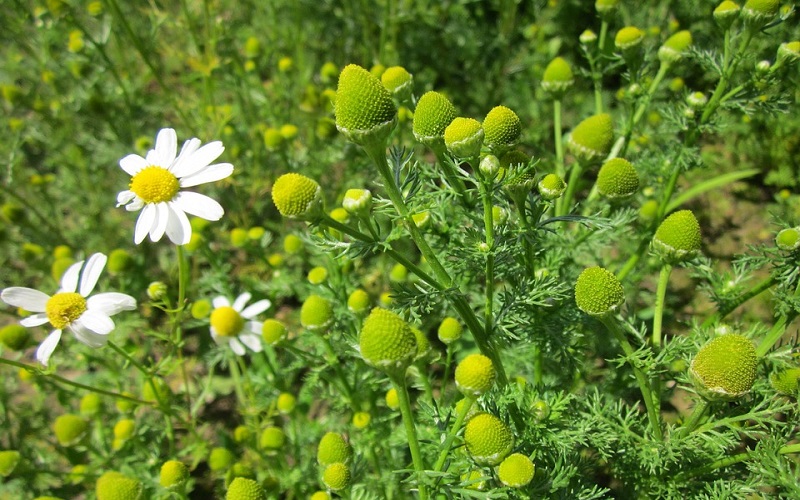
Matricaria discoidea is the scientific name of pineapple weed. The name of pineapple weed flowers goes well with it. As it tastes like pineapple. They can grow in rough weather too.
They can even grow in solid soil too. They have other names like Wild Chamomile and May Weed. They start to grow mainly in the May month till the end of October. Their flowers are similar to daisies but they don’t have white petals.
Their petals are very little and stunted. These petals are short-lived. Their inner corollas may be shaped like domes and have green or yellow. They may be visible in footpaths, roadsides, field entries, and on left grounds too.
There may be confusion between mayweed vs chamomile. Both of them are edible but mayweed has a strong scent and tastes like pineapple. You can keep the leaves on your salad too. To treat fever, sore and gastrointestinal problems they are used a lot.
2. Anthemis Cotula
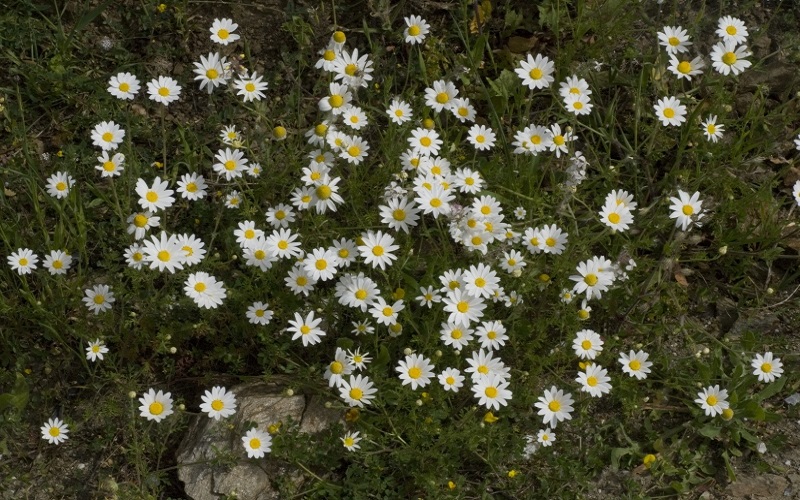
The stinking chamomile is named the Anthemis Cotula. Their strong smell makes everyone notice them easily. The unpleasant smell may make everyone feel embarrassed. They are found in countries like England, Russia, Lithuania, etc.
You will see them on the two sides of the road, fields and in meadows. The Greek word “cotula” means “small cup”. This flower has a shape like that. Anthemis Cotula has some other names like mather, dog-finkle, dog- or hog’s-fennel, chigger-weed, and so many.
The leaves have soft hair on their upper part. But the plant is hairless. The leaf stalk is absent. The growth of the leaves starts from their stem. The shapes of the leaves are feather-like with a very thin presence of lobes.
The flower remains on the top of a stem. The flowers don’t produce the fruits. The shape of the fruits is ridged and wrinkled. Anthemis cotula is poisonous for animals.
3. Tripleurospermum Inodorum
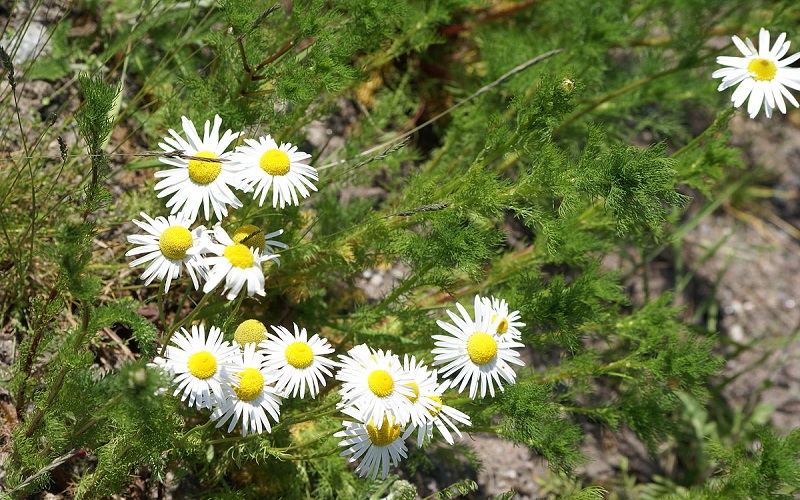
Another one of the weeds that look like chamomile is Tripleurospermum Inodorum. They mainly have no smell. That is why they are called the Scentless False Mayweed. The other name of Tripleurospermum Inodorum is False Chamomile and Scentless Chamomile.
Europe is the birthplace of the plant. They are easily found in solid soil, fields, lawns, roadsides, and other places. They bloom from May till September. Tripleurospermum Inodorum also grows flowers like daisies.
They are born alone at the highest point of their stem. Almost 10 to 25 flowers of white colors. They become rounded when they are mature. Thor flower stalks and Bracts have no hair.
But they may have hair when they are very young. The length of a leaf becomes from ¾ to 3 inches. The leaves are very light too. The shape of the seeds is triangular.
4. Leucanthemum Vulgare

Leucanthemum Vulgare naturally grows in the prairie land. It is a wildflower. Some common names of Leucanthemum Vulgare are oxeye daisy, ox-eye daisy, dog daisy, marguerite, and others.
It is a native European plant and is also seen in Asia. They are found in 40+ countries including Australia, North America, and New Zealand. They normally grow in the fields, meadows, forests, and isolated areas.
They grow in thick and wet ground. It is very common on the roadsides. The length of the plant is 24 inches or more than that. Under the stem there is hair. But, mainly they reside on the upper portion.
They can grow three flowers together like a daisy. Each of their heads contains white-colored petals from 15 to 40. Leucanthemum Vulgare has got similarities to the shasta daisy.
5. Achillea Ptarmica
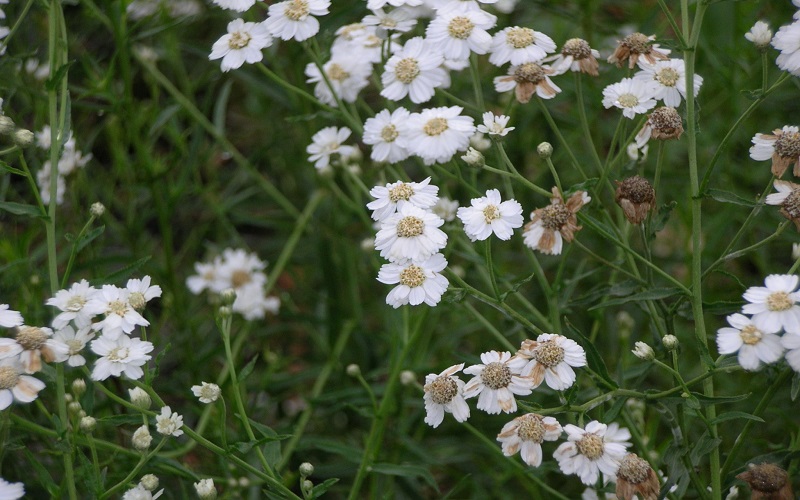
Achillea ptarmica has come from Europe. In North America, they are also seen. Some other names of them are sneezeweed, sneezewort, European pellitory, fair-maid-of-France, goose tongue, bastard pellitory, sneezewort yarrow, etc.
The life span of the flower is from June to August. The color of the flower’s head is snow white and has a dark green leaf. You can eat this plant in both raw and cooked form. Essential oil is produced from them for herbal use.
The leaves may keep away the insects. If you chew it, your mouth will be numbed. So, it is suggested for the patients with ulcers and people who have a toothache. They need complete sunlight and enough water flow to grow. The soil should not have heavy water too.
How To Grow And Care For Chamomile Plants?
To grow chamomile and take care of them are a must for their proper growth.
Both types of chamomile German and Roman can be easily taken care of. They do
not even need too much care.
You can easily plant the seeds to grow them.It is better to keep the seeds scattered in an open place. Later plant them in your vegetable garden. Let’s see the methods:
- Use fresh and dry seeds of chamomile to harvest.
- Keep them under full or partial sunlight
- Choose organic soil for their proper growth
- Water the plants till one inch in 7 days
- Temperature up to 60 to 100 degrees Fahrenheit are good for them
- You don’t have to use fertilizer as they don’t need them
Frequently Asked Questions (FAQ):
Q: What Flower Is Similar To Chamomile?
A: There are so many flowers similar to chamomile. Fleabane is look-alike chamomile.
Q: Are There Chamomile Look-Alikes?
A: The look-alike of chamomile is named dog fennel or Anthemis cotula.
Q: What Is False Chamomile?
A: Matricaria perforata is called the False chamomile. They are short-lived plants.
Q: How Can You Tell If A Plant Is Chamomile?
A: You should cut the flower receptacle. If it is solid then it is English chamomile and if it is hollow then it is certainly German.
Q: Are Daisy And Chamomile The Same?
A: No. Chamomile leaves are short and thin. But the daisy’s stems are green and leaves are jagged-edged.
Final Thoughts
On the earth, there are so many types of flowers that are similar to others. The plants that look like chamomile may be similar in their outlook but they have different characteristics. Their uses are different too.
Some of them are edible and most of them are not. Before you decide to eat them, be careful. Because some of them are toxic too. The beautiful baby of nature is very appreciable.
